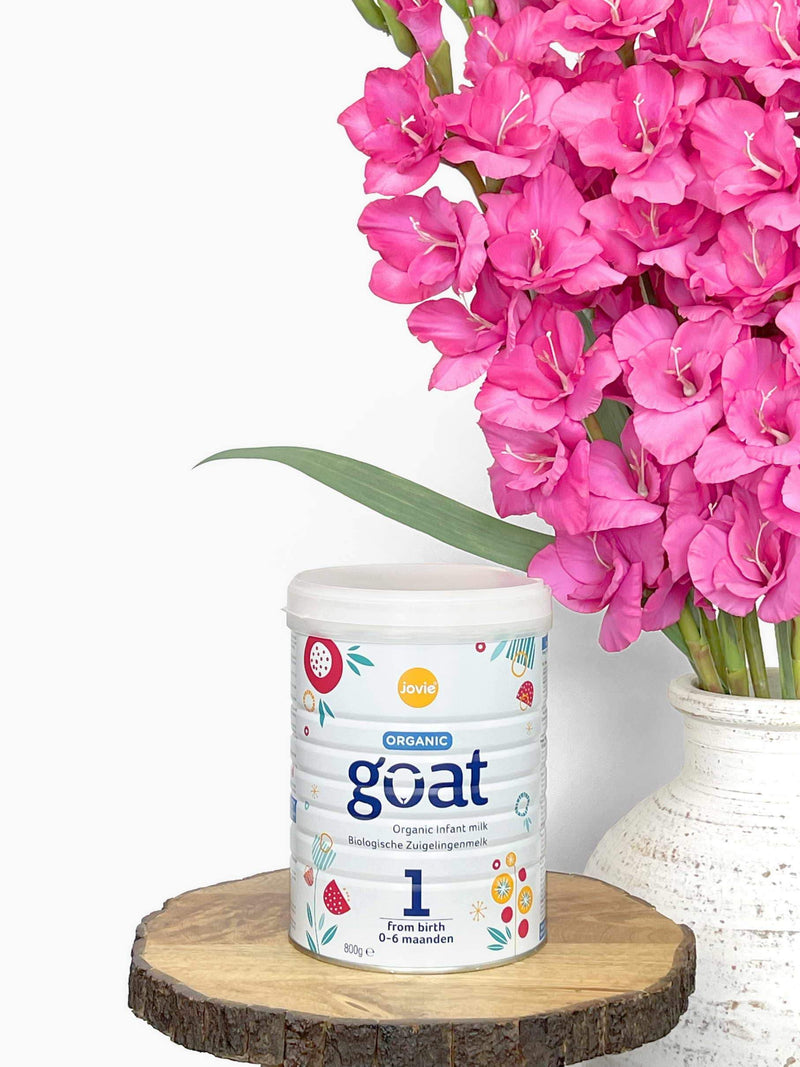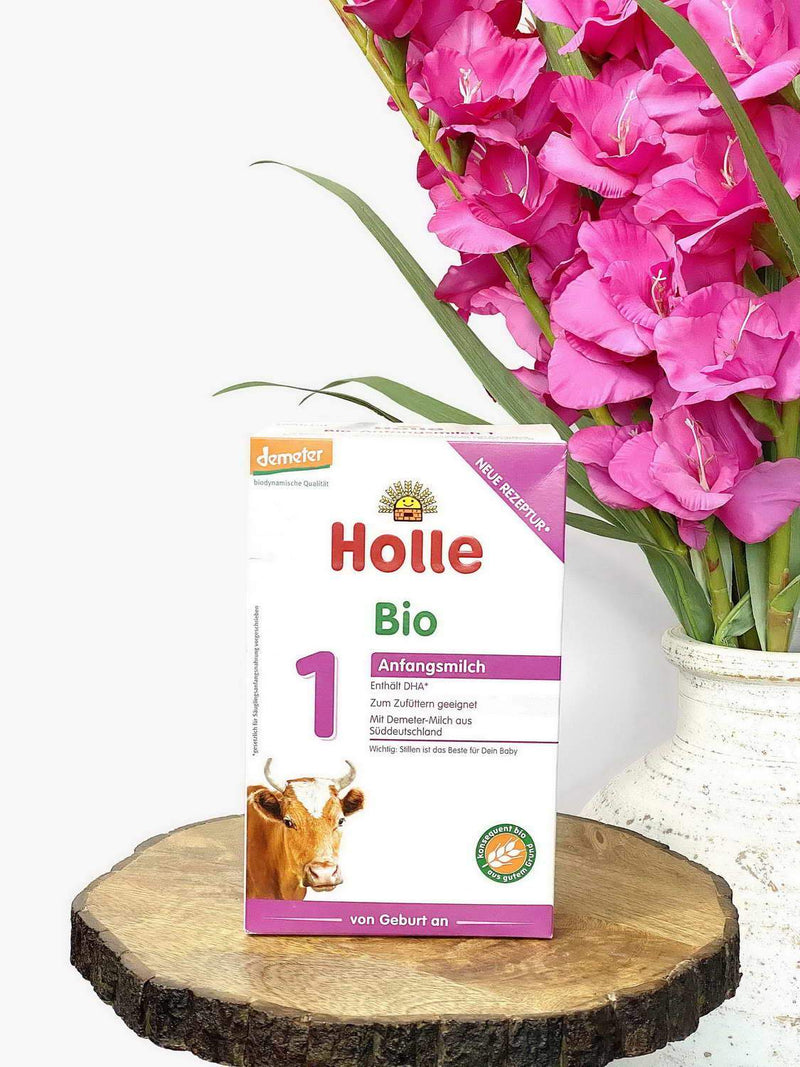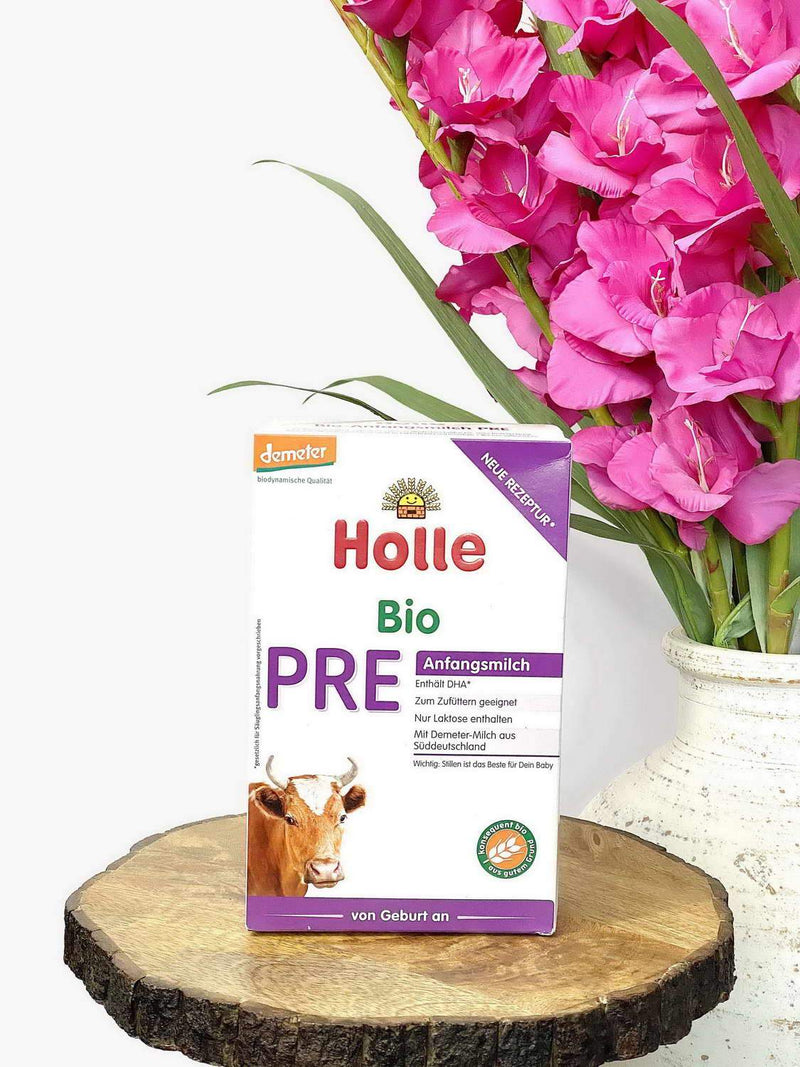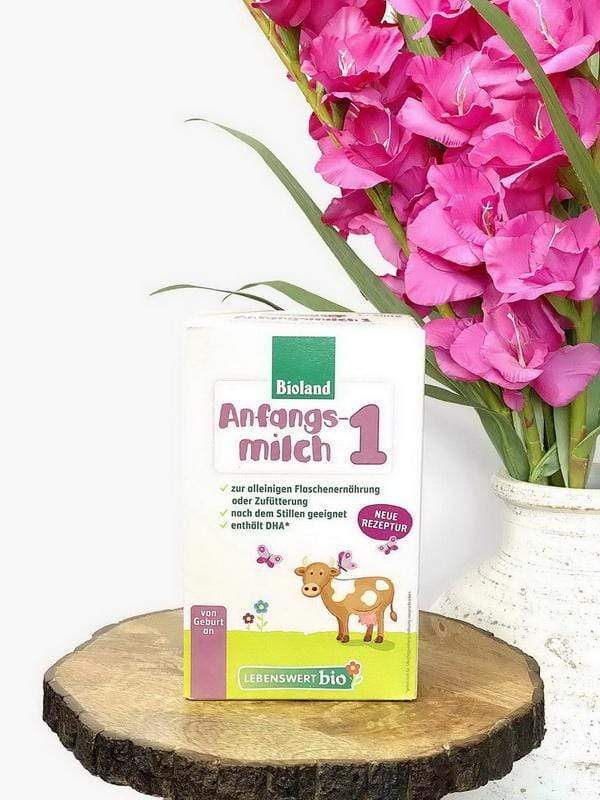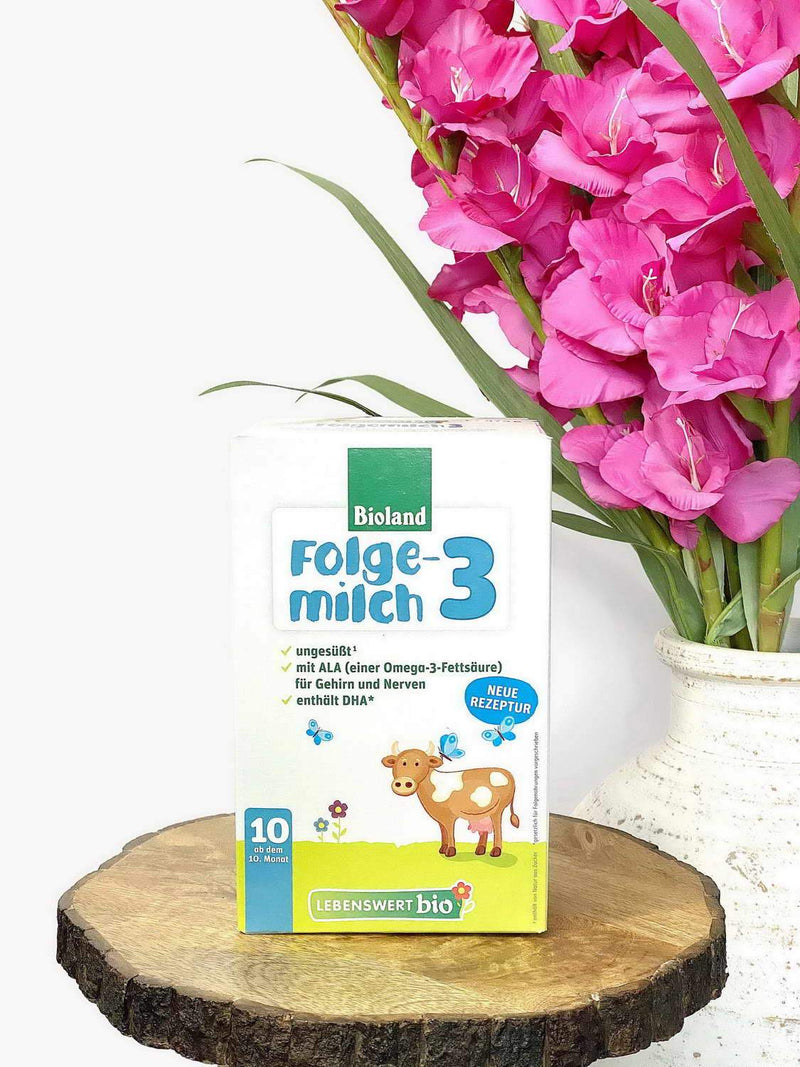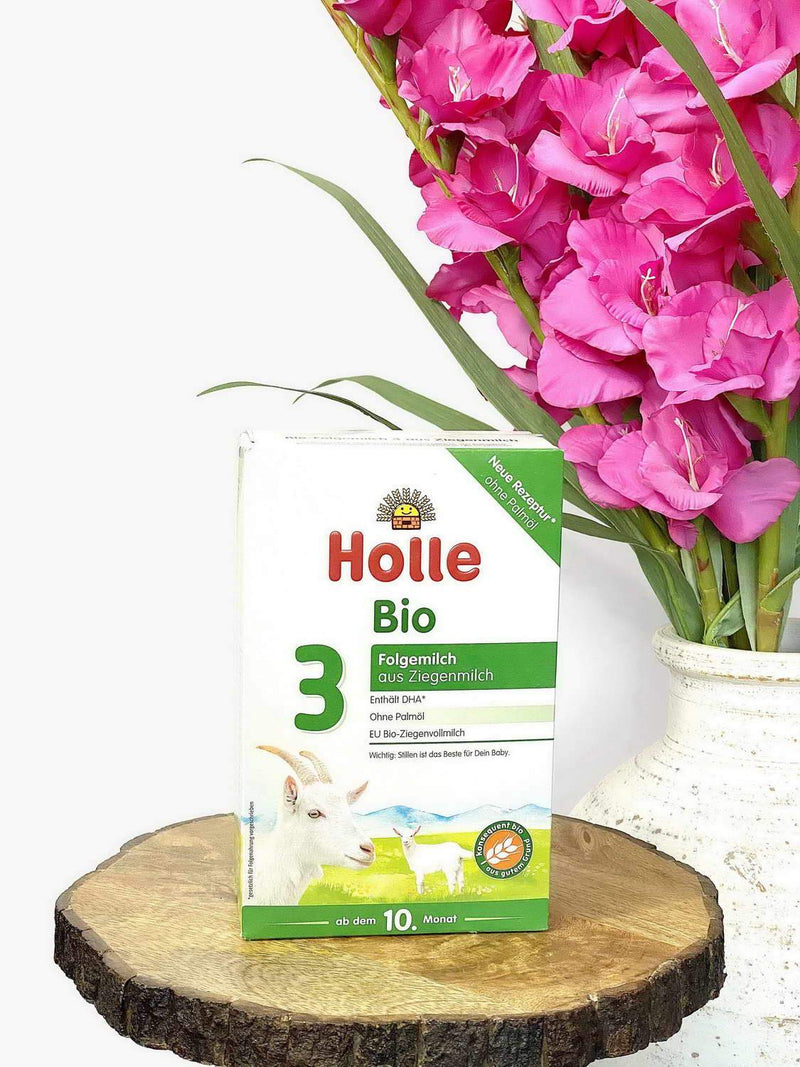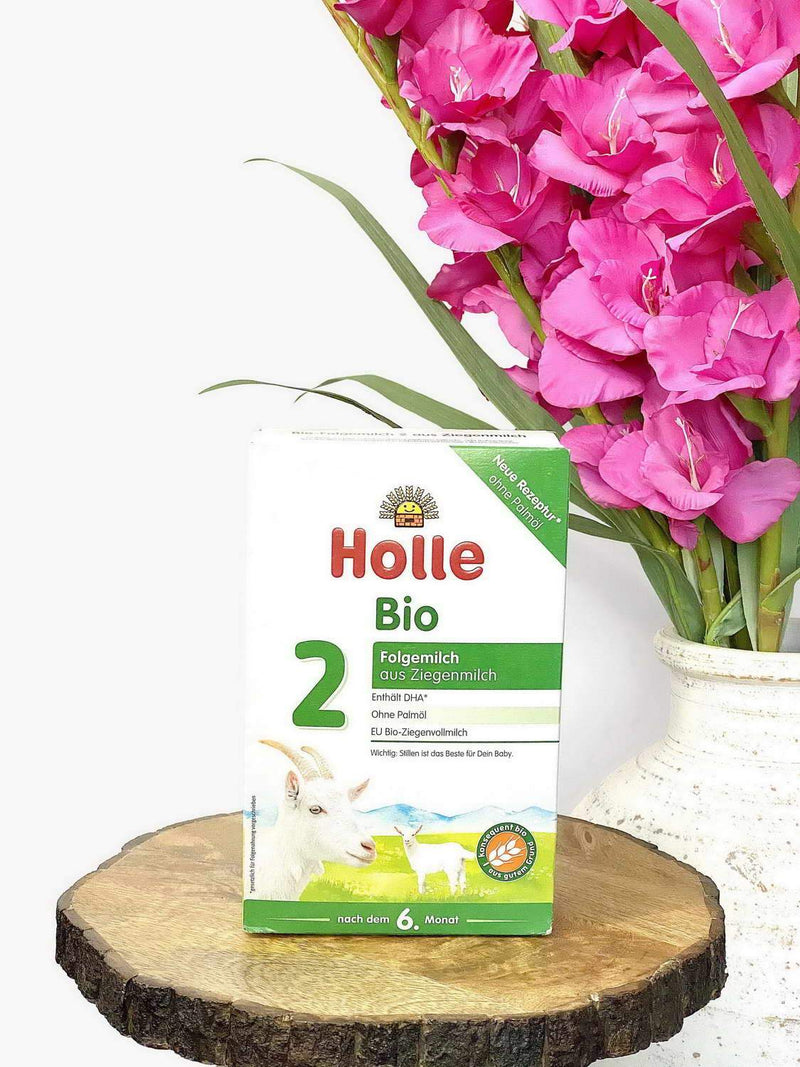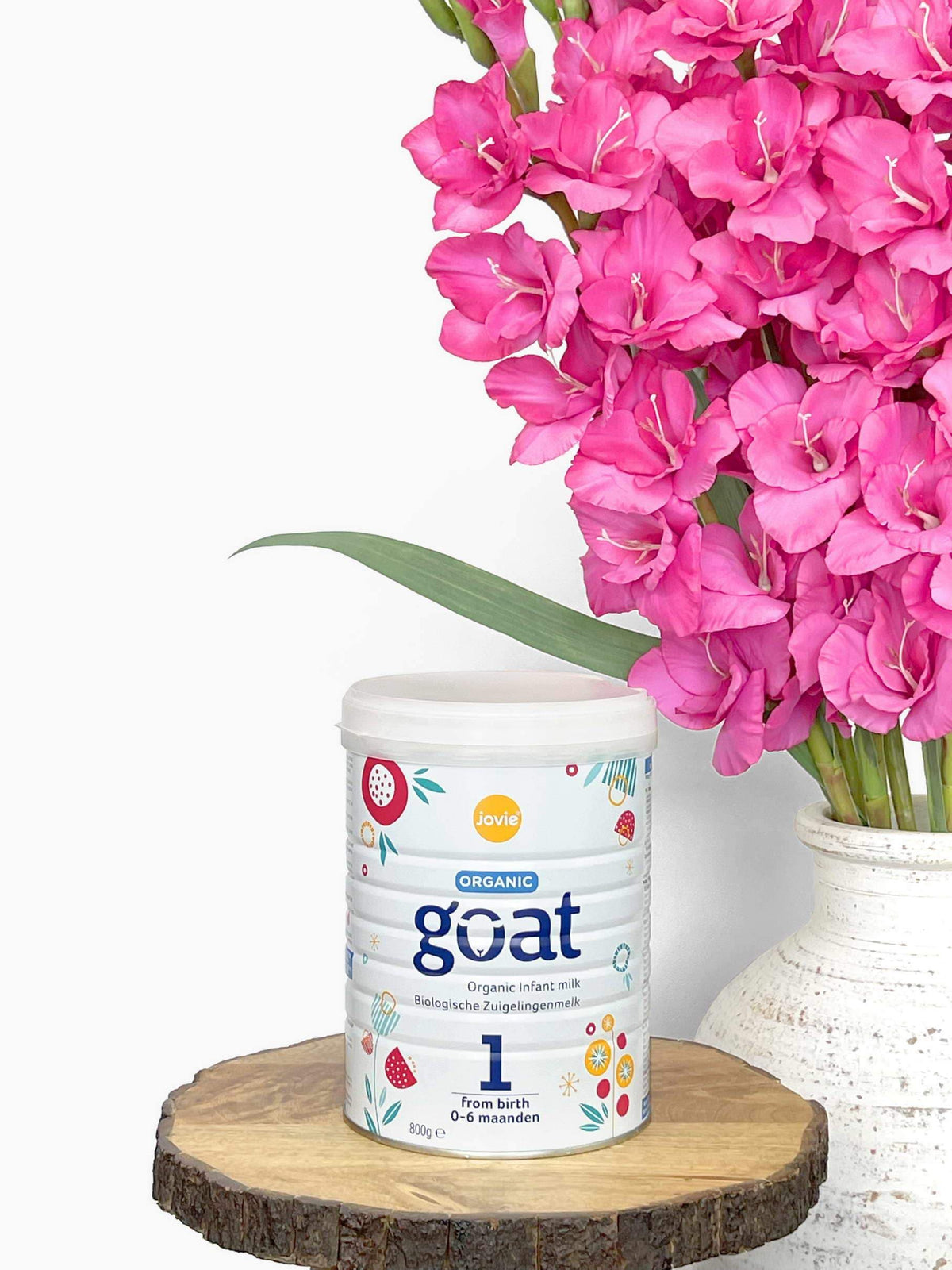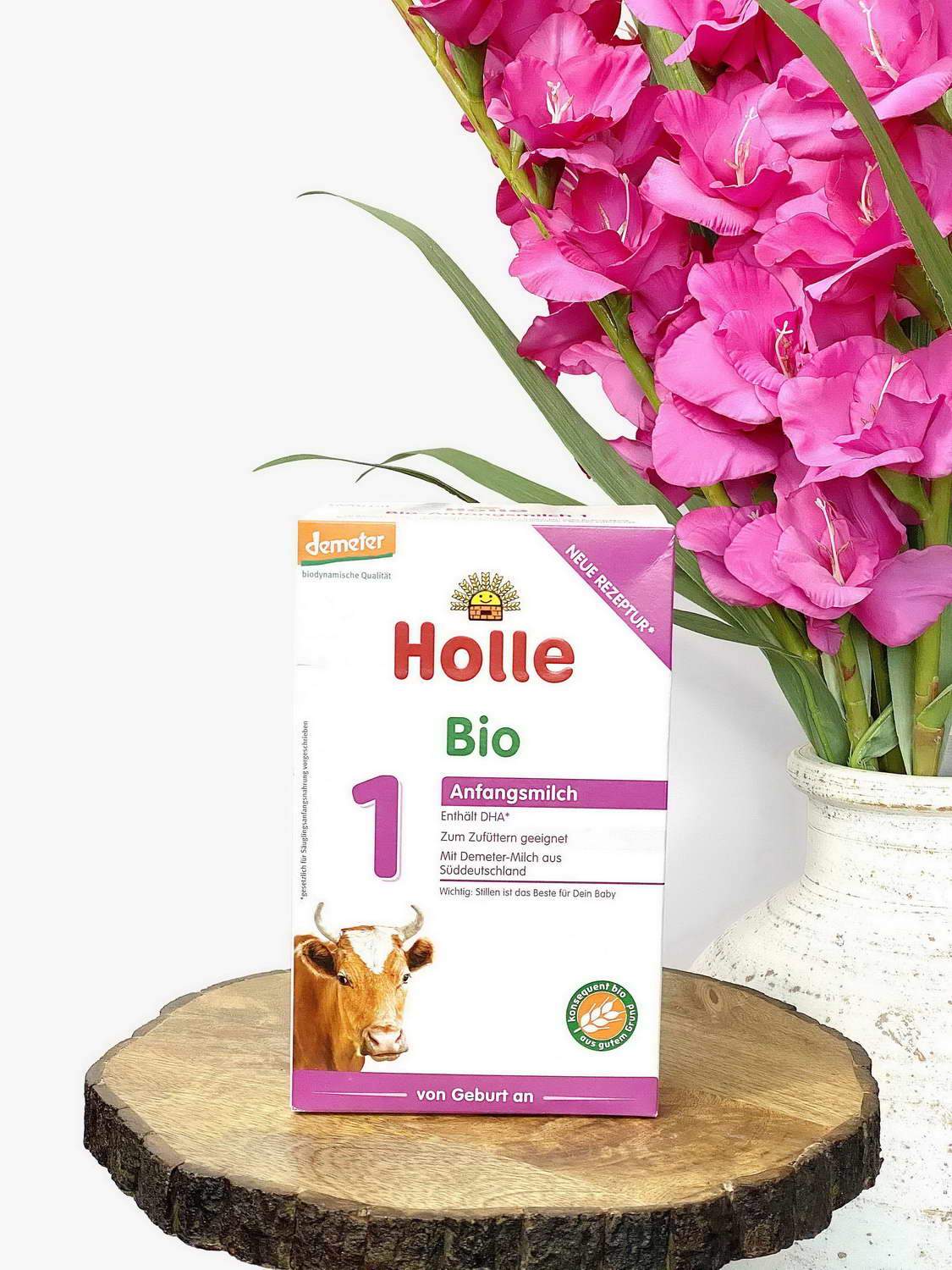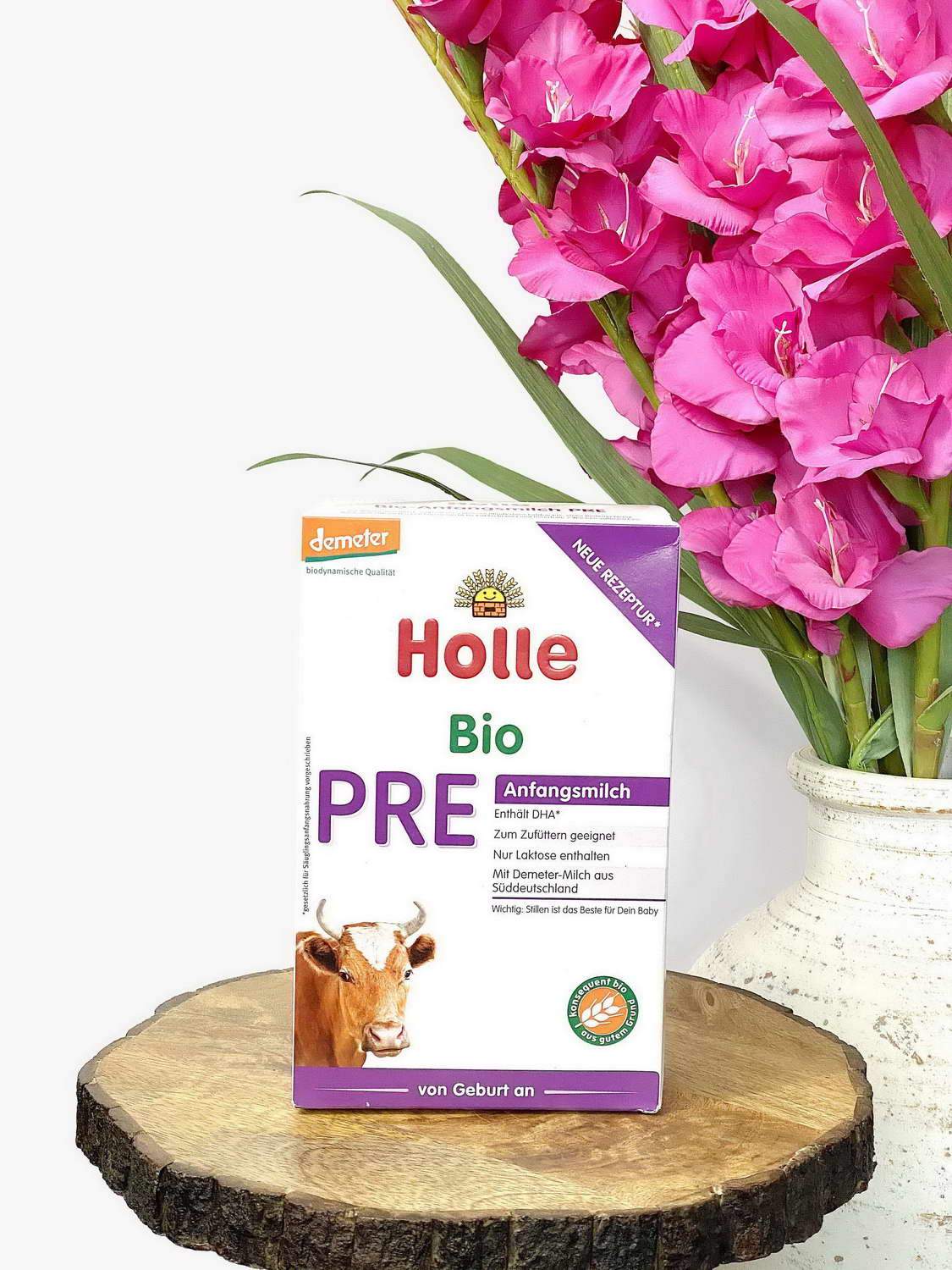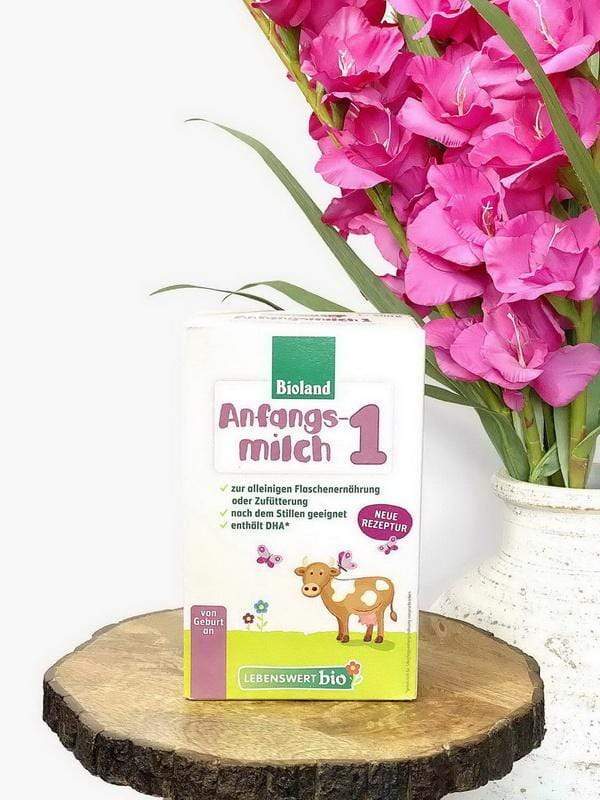Dressing babies for a chilly winter day can be tricky. Little ones are not able to express if they are comfortable and finding the right temperature for a baby is not always easy.
As the cooler months move in, baby winter clothes become a necessity. Infants and toddlers are less able to regulate their body temperatures, so they are more vulnerable to the wind and lower temperatures.
Baby Clothes
Newborns and infants do not yet have the ability to self-regulate their body temperature. It is best to limit the exposure to the cold elements to a few minutes at a time.
If your baby is going to be outside for any length of time, it is important to know that there is much more to protecting your baby in the crisp icy cold than simply throwing a winter baby coat over your little one's clothes.
Dressing your baby for winter temperatures requires planning and extra time, as well as special attention to tiny hands, faces, and feet.
The best winter baby clothing strategy is one that is well thought-out and practiced. This way both you feel comfortable taking the baby outside and your baby feels comfortable in all wintry weather.
Baby Winter Coat
As soon as parents and caregivers feel the piercing winds and dropping temperatures, the tendency is to over-dress their sweet little baby.
It is best to follow a simple guiding principle: dress your baby as you are dressed and then add a layer.
If you feel nice and warm wearing a shirt, light sweater, and jeans then your baby will feel snug in a long-sleeved shirt, a hoodie or sweater, fleece pants, and a blanket.
Opt for a heavy winter coat for the lower temperatures, a plush baby winter coat, snowsuit or bunting along with a heavier baby blanket.
Dressing A Baby for Cold Weather – Quick Tips
Baby Sleep
When putting a baby down to sleep in winter it is tempting to want to wrap them up, so they are snuggled deeply inside layers of blankets for a cozy night’s sleep.
Please be extremely cautious! Babies under 9 months are not able to control their own body temperature at all and it is especially important that they do not get too hot.
Overheating is thought to be one of the major causes of sudden infant death syndrome (SIDS).
The key to safe sleeping in winter is to avoid overheating.
❗Do not put a hat on your baby in bed. A baby loses excess heat through its head. Covering it up could lead to overheating.
❗Avoid comforters; infants under one year old can be suffocated as they cannot move them away from their face. Comforters are heavy, hold in heat, and can also lead to overheating.
❗ Do not use a hot water bottle or an electric blanket. As comforting as they may be to an adult on a cold winter’s night, remember that adults can regulate their own temperature and babies do not have the ability to do this until they are around 2 years old.
❗Do not put your baby to sleep next to a fire/radiator/any kind of heat source: This could lead to a nasty burn, and again, this could cause overheating.
A good option for dressing your baby is a cotton all-in-one with feet attached to keep toes warm. Some sleepsuits also have fold over mittens which come in handy during colder nights.
If your little one is sleeping area is at the colder end of the scale, you could put a light layer underneath or add a sleep-sack.
Baby sleep-sacks are safe alternatives to blankets or comforters. They have the benefit of keeping a baby covered up, no matter how wriggly or squirmy they might be in bed. They allow the baby’s arms to stick out, unrestricted.
Sleep-sacks come in many materials from a light cotton all the way to a heavier fleece, so you are sure to find one that works for your little one.
Winter Clothes
To check if your baby is too cold or too hot, feel their tummy. If the tummy is cold to touch, you could add another light layer of clothes or if it is hot to touch, remove layers.
Avoid using hands or feet as a guide because babies’ circulation is not as good as adults,’ and it is normal that fingers and toes feel much colder than other parts of their body. If hands and feet look blue or blotchy, you can add socks/mittens.
Here are a few ways you can tell if your baby needs more or less layers to help them be comfortable.
Your baby is too hot if:
Its face is flushed
The back of its neck is hot and clammy
It has a bumpy rash on its tummy or back
Your baby is too cold if:
Its tummy is cool to touch
Its nose or fingertips are much paler
Its lips and mouth area are going blue
Baby Car Seat
Experts strictly advise against the use of any bulky clothing, including winter coats and snowsuits underneath the harness of a car seat.
It is easy for the fluffy air-filled padding to compress in a crash, flatten and leave extra space under the baby's car seat harness, greatly increasing the risk of injury.
Car Seat Safety
✓ Store infant seats inside the house when not in use
Keeping the seat at room temperature will reduce the loss of the child's body heat in the car.
✓ Get an early start
Plan extra time when taking your little one out in the winter. You may have to remove a coat or adjust the car seat straps. It is also prudent to plan to take extra time driving in wintry conditions.
✓ Dress your child in thin layers
Especially for longer car rides, start with close-fitting layers on the bottom, like tights, leggings, or long-sleeved bodysuits. Then add pants and a warmer top, like a sweater or thermal-knit shirt.
Remember, as a general rule of thumb, infants should wear one more layer than adults. If you have a coat on, your infant will probably need a coat and blanket.
Remove the coat and blanket inside the car before putting your child in the car seat
✓ Hats, mittens, and socks
Substantial amounts of heat are lost from the head, hands, and feet. Simple coverings can help keep your baby warm without interfering with car seat straps.
✓ Tighten car seat straps
Multiple layers may make it difficult to tighten the harness enough. If you can pinch the straps of the car seat harness, then it needs to be tightened to fit snugly against your child's chest.
✓ Use a coat or blanket over the straps
A blanket over the top of the harness straps or placing your child's winter coat on backwards (over the buckled harness straps) after he or she is buckled up can keep your little one warm and safe.
Some parents prefer products such as poncho-style coats or jackets that zip down the sides so the back can flip forward over the harness. Layers over the car seat straps should be easily removable so your baby does not get too hot after the car warms up.
X Do not use car seat covers
Nothing bulky should ever go underneath your child's body or between her body and the harness straps.
Be sure to leave your baby's face uncovered to avoid trapped air and suffocation.
X Never use sleeping bag inserts or other stroller accessories
Remember, if the item did not come with the car seat, it has not been crash tested and may interfere with the protection provided in a crash.
Baby It is Cold Outside
It is cold outside. By following the simple rule of bundling up your baby in layers when you are outside and then removing a few layers once you have made it to a warmer destination, families can ensure your baby will be happy and comfortable all season long.
My Organic Company makes your babies' health and safety our number one priority. We offer European baby formulas that have only the very best in organic ingredients that are held to the highest standards to support your little one’s well-being today and in the future.

